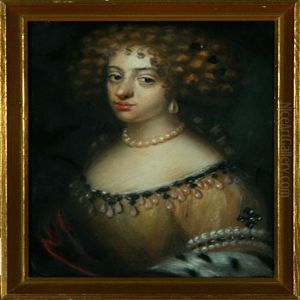Hans Christian Hansen Paintings
Hans Christian Hansen was a prominent Danish architect, a leading figure in the world of architecture during the 19th century. Born in Copenhagen, Denmark, on April 20, 1803, Hansen’s contributions to architecture were significant, particularly in the development of the neoclassical style, which was dominant in Europe during his time. His education and career were marked by a fervent embrace of classical architecture, significantly influenced by his studies and travels in Greece and Italy, where he deeply immersed himself in ancient architectural traditions.
Hansen is best known for his work in Athens, Greece, where he played a pivotal role in shaping the architectural landscape of the city during its modernization in the 19th century. One of his most celebrated works is the University of Athens, which stands as a testament to his skill in blending classical principles with the needs of contemporary society. This building, along with others like the National Observatory of Athens and the National Library of Greece, forms part of what is known as the Athenian Trilogy, showcasing his mastery in neoclassical architecture.
Throughout his career, Hansen also contributed to architectural projects in his native Denmark and other parts of Europe, bringing his distinctive style and ethos to various public and private structures. His approach was characterized by a rigorous adherence to classical forms and proportions, but he was also innovative, adapting ancient motifs to serve new functions and contexts.
Hansen’s legacy extends beyond his buildings. He was an influential figure among his contemporaries, inspiring a generation of architects and designers to embrace classical ideals. His work has been studied and revered by architects, historians, and scholars, contributing significantly to the discourse on neoclassical architecture and its relevance in the modern world.
Hans Christian Hansen's death on May 2, 1883, in Athens, marked the end of an era but left behind a rich architectural heritage that continues to be celebrated for its beauty, integrity, and historical significance. His life and work remain a pivotal chapter in the history of European architecture, embodying the spirit of neoclassicism and its enduring appeal.












